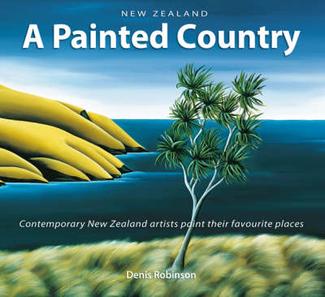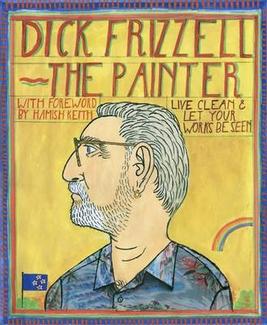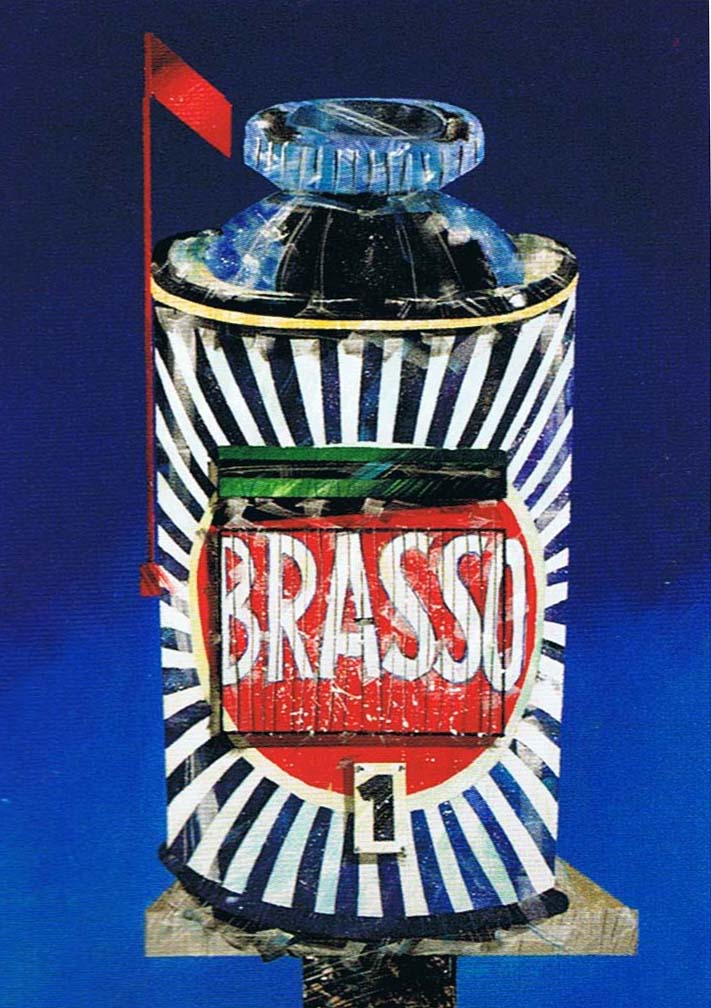An unassuming chartered surveyor has revealed that he has quietly amassed Britain’s largest private collection of Old Masters — with 400 works including paintings by Turner, Rubens and El Greco.
David Lewis, 71, snapped up the masterpieces at a fraction of their current value — only to hand over nearly all of them to museums to put on display.
The revelation will shock the art world because over the years he left no clues to his identity as he made loans to galleries including the National Portrait Gallery and the Dulwich Picture Gallery, and also to English Heritage.
In an interview with The Sunday Times, Lewis said he initially bought paintings to decorate the family home but began to lend them to museums after he ran out of space in his suburban London house.
For years, the only times he has viewed most of his paintings has been in galleries with other visitors.
He did not worry about being unmasked because he stipulated that labels at the galleries referred only to the works being lent from “a private collection”.
As well as the Old Masters and graphic works, he also owns 20th-century art and first editions of books including novels by his favourite author, Sir Walter Scott, which he lends to libraries.
Lewis, who before the disclosure of his art collection was estimated by The Sunday Times Rich List to be worth £65m, made his money in property. He came out of semi-retirement in 2003 to develop offices in London.
He bought many works at low prices: a Lowry self-portrait for which he paid £2,000 is now worth more than £2m. He snapped up an El Greco that was concealed beneath dirt and a Delacroix that had been wrongly attributed.
His first Old Master was a Rubens, which was one of the few acquisitions he sold on. On principle, he also keeps paintings that prove to be by a lesser name. “If you’re going to put together hundreds of paintings, many of them very old, you’re going to get the occasional mistake,” he said. “They make good reminders. Gamblers always talk about wins, not losses.”
This weekend he said he was a private man who would happily have remained “totally anonymous. The limelight is of no interest to me”. However, in 2002, he appointed an expert, Christopher Wright, to work two days a week cataloguing his collection and he realised that the research would inevitably reveal his identity. He added: “Once I got past 70, it no longer mattered so much.”
An exhibition of 64 works from Lewis’s collection will be held at the Walker Art Gallery in Liverpool next year, featuring El Greco’s St John the Evangelist, which he bought for a few thousand pounds five years ago in a minor sale in London. He bought Rubens’s Battle of the Amazons for a few thousand pounds in the mid-1980s.
The exhibition gives an idea of the scale of Lewis’s collection and the finesse of his eye, albeit with expert guidance from Richard Herner, a former Bond Street dealer. He also credits his mother with his love of the visual arts: “She had a very good eye.”
White-haired and bearded, Lewis has a smiley manner, but there is a sadness over the loss of his eldest daughter, Catherine, to whose memory he dedicates his collection.
Lewis gave an interview in a modest office in central London. However, in one corner, there was a St Jerome by Palma Vecchio, the Renaissance master, and on a staircase a Joshua Reynolds portrait.
He says he is a family man, “a creature of habit”, liking nothing better than being at home watching television. He has three surviving children and seven grandchildren, who will decide on the future of the art collection.
Lewis recalled: “My wife and I originally used to buy things to enhance our home.” Collecting became like “eating some cheese”. He realised he had an appetite for more.
He claims he has never bought for investment and declines to discuss values: “It disturbs me that it is looked at in purely financial terms. A third world war could break out and it’ll all be worth sixpence. Ownership is ephemeral.”
Lewis is reluctant to talk about himself, but says he was born and brought up in London and studied economics and land management, and that his father distributed leather goods. “I didn’t inherit anything. My parents encouraged me to get a good education. That’s an inheritance, as far as I’m concerned,” he said.
Christopher Wright said: “David Lewis is an intellectual manqué. He chose to make money, but his intellectual stimulus has been buying pictures. He has acquired works of great historical significance.”
Art Links
Private Collection of Old Masters
Ads
 A Painted Country
A Painted Country
Buy this book
 Dick Frizzell: The Painter
Dick Frizzell: The Painter
Buy this book
 Artists @ Work
Artists @ Work
Buy this book
